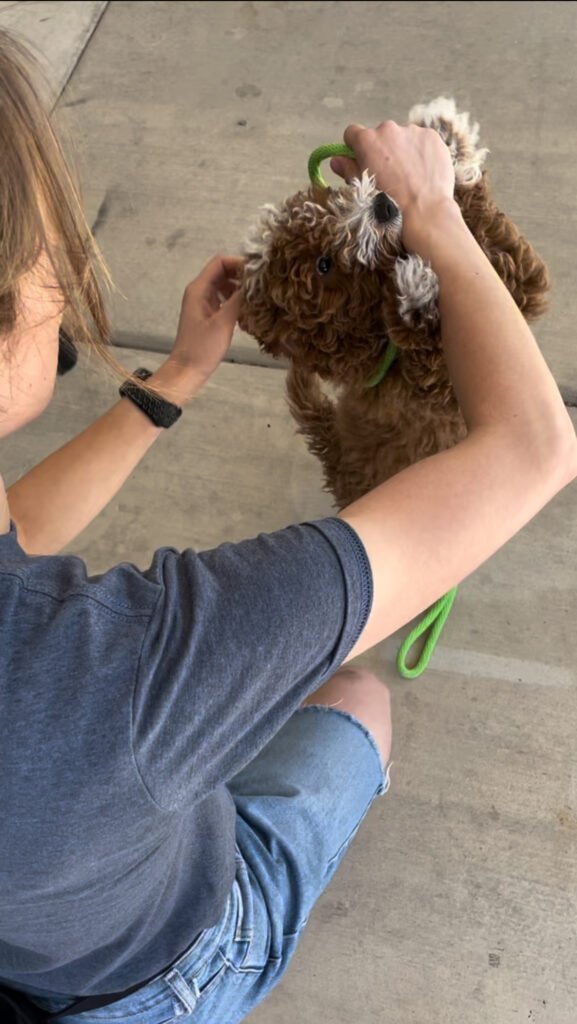How to Teach a Puppy Not to Bite: Real-Life Tips That Actually Work
If you’re struggling with a nippy puppy, you’re not alone. Biting is one of the most common (and painful) issues new dog owners face. Fortunately, there’s a proven way to get real results. Here’s how to teach a puppy not to bite using the foundational methods from our book, Puppy Training Secrets.
Why Puppies Bite—and Why It Matters
Many people write off biting as “just a phase,” but unchecked, this behavior can lead to real problems down the road. Puppies often nip out of playfulness, overstimulation, or confusion. Teaching your dog clear boundaries early on is essential to preventing bigger issues like aggression or anxiety as they grow.
So, how to teach a puppy not to bite? It starts with understanding how dogs learn best: pressure and release.
Step 1: Use a Slip Lead for Direction
One of the most effective tools covered in Puppy Training Secrets is the slip lead. When your puppy mouths your hand, use the leash to give a quick, light flick to the side—then release immediately. This correction communicates “no” in a way that makes sense to your puppy. Don’t drag or pull—just flick and release. That’s how to teach a puppy not to bite in real time.
Step 2: Stay Calm, Stay Consistent
Consistency is everything. If your puppy bites again, repeat the flick, increasing intensity only as needed. Eventually, your puppy learns that biting results in a correction and calm behavior earns peace. You don’t need to yell. In fact, staying calm helps your dog stay calm too. Learning how to teach a puppy not to bite isn’t about punishment—it’s about clear, consistent communication.
Step 3: Reward Calmness
As soon as your puppy disengages from biting and shows calm behavior, reward it! Whether it’s kibble, praise, or affection, let your dog know you love the right choice. Over time, calm becomes the default. The combination of correction and reward builds trust—and that’s the secret sauce of how to teach a puppy not to bite and actually enjoy the process.
Bonus Tip: Supervise and Manage
When you’re not actively training, supervise your pup or keep them in a calm space like a kennel. This prevents unwanted behaviors from forming in the first place. Structure equals freedom in the long run.
Why Calmness Is the Real Goal
Calmness is the foundation of everything we teach. A calm dog listens better, learns faster, and fits more easily into your home and lifestyle. That’s why our Cornerstone Puppy Training Course focuses heavily on developing calm, respectful behavior right from the start. If you want long-term results—not just quick fixes—our course is built to help your puppy become the balanced dog you’ve always wanted.

+ show Comments
- Hide Comments
add a comment